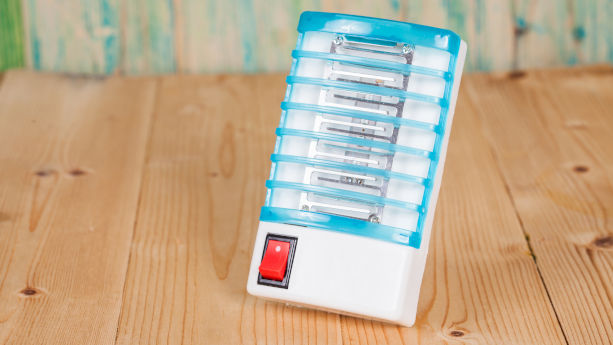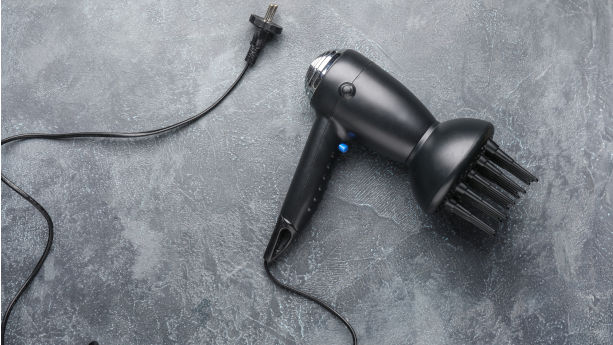Bisphenol A (BPA) is an organic chemical used to improve durability and heat resistance in plastics. As such, it has long been used when manufacturing plastic products, from kitchen utensils and toys to certain medical devices.
That said, studies show that BPA may interfere with hormones, and cause other damage to the human body. It’s therefore not surprising that BPA is regulated in the United States, especially in food contact products designed for children.
In this guide, we explain what importers and manufacturers must know about BPA restrictions, including FDA 21 CFR, California Proposition 65, and other state regulations.
Continue reading Bisphenol A (BPA) Regulations in the United States: An Overview





























